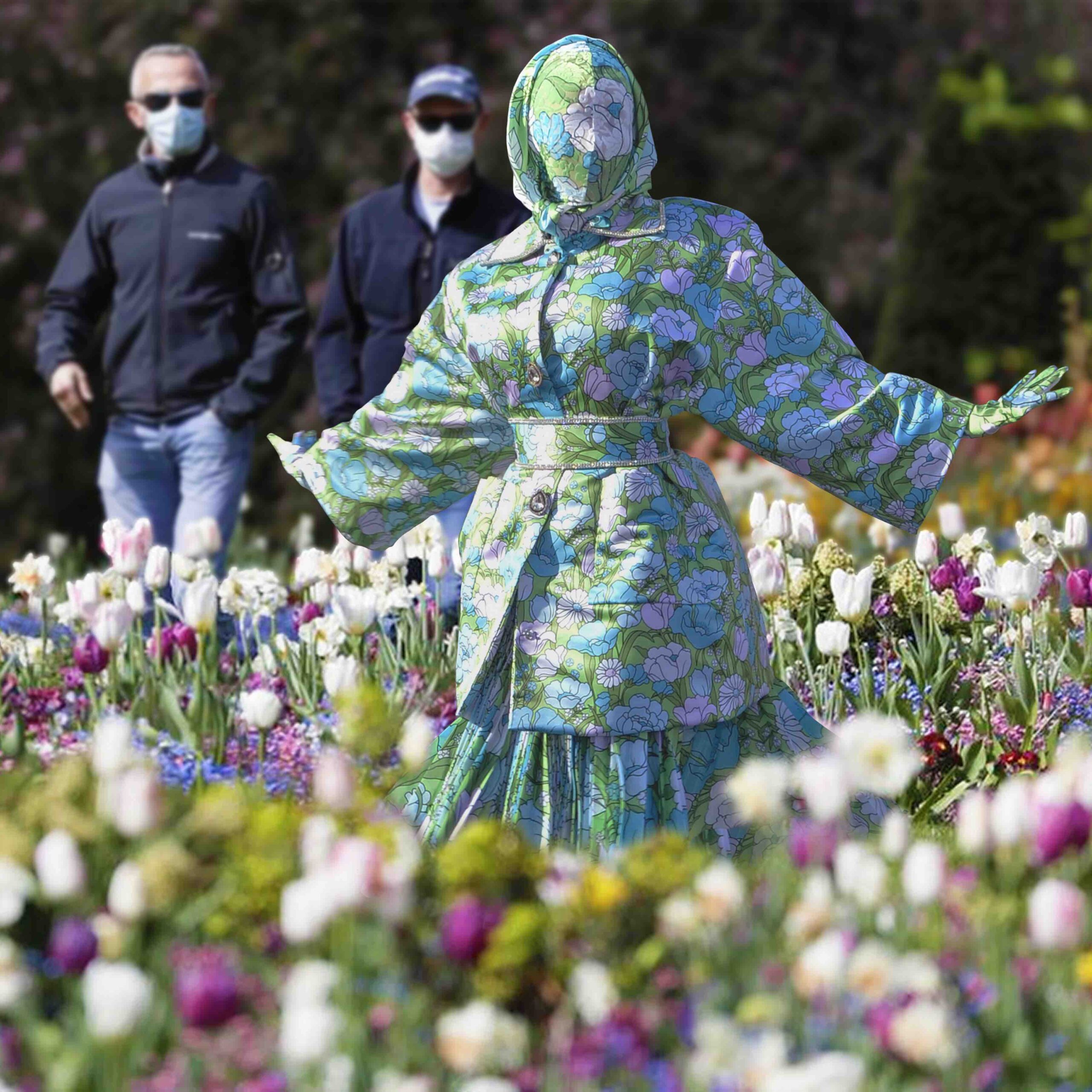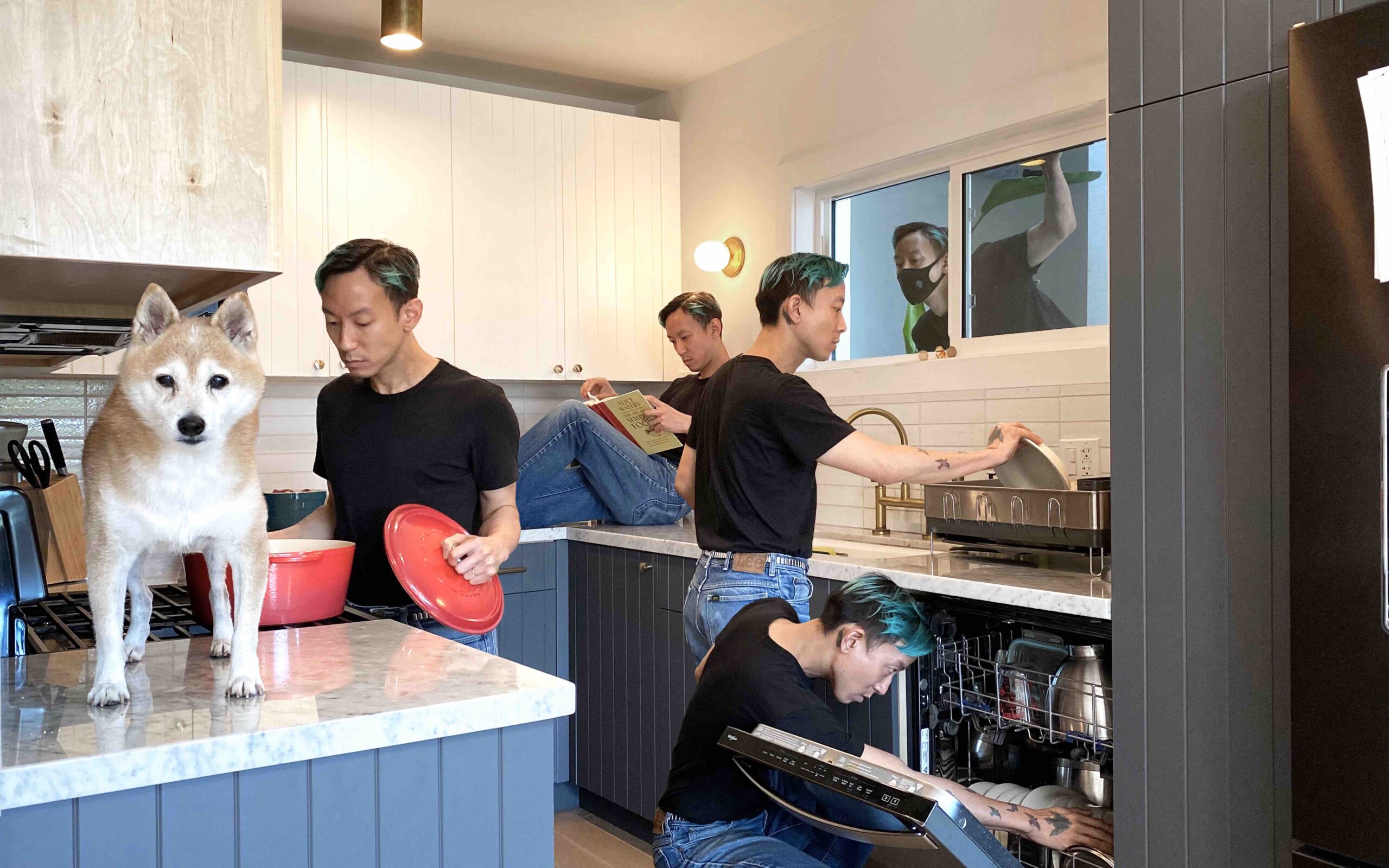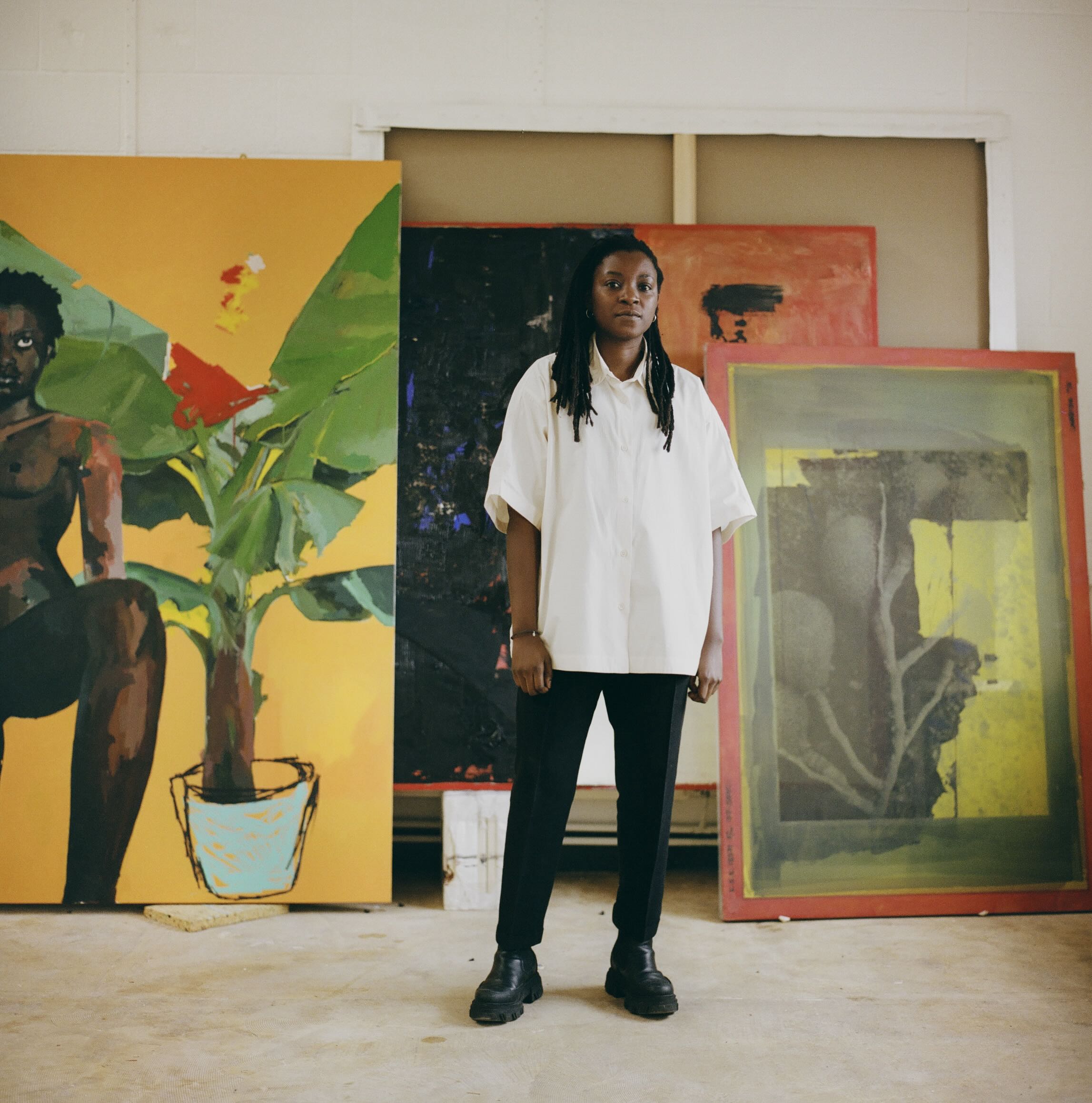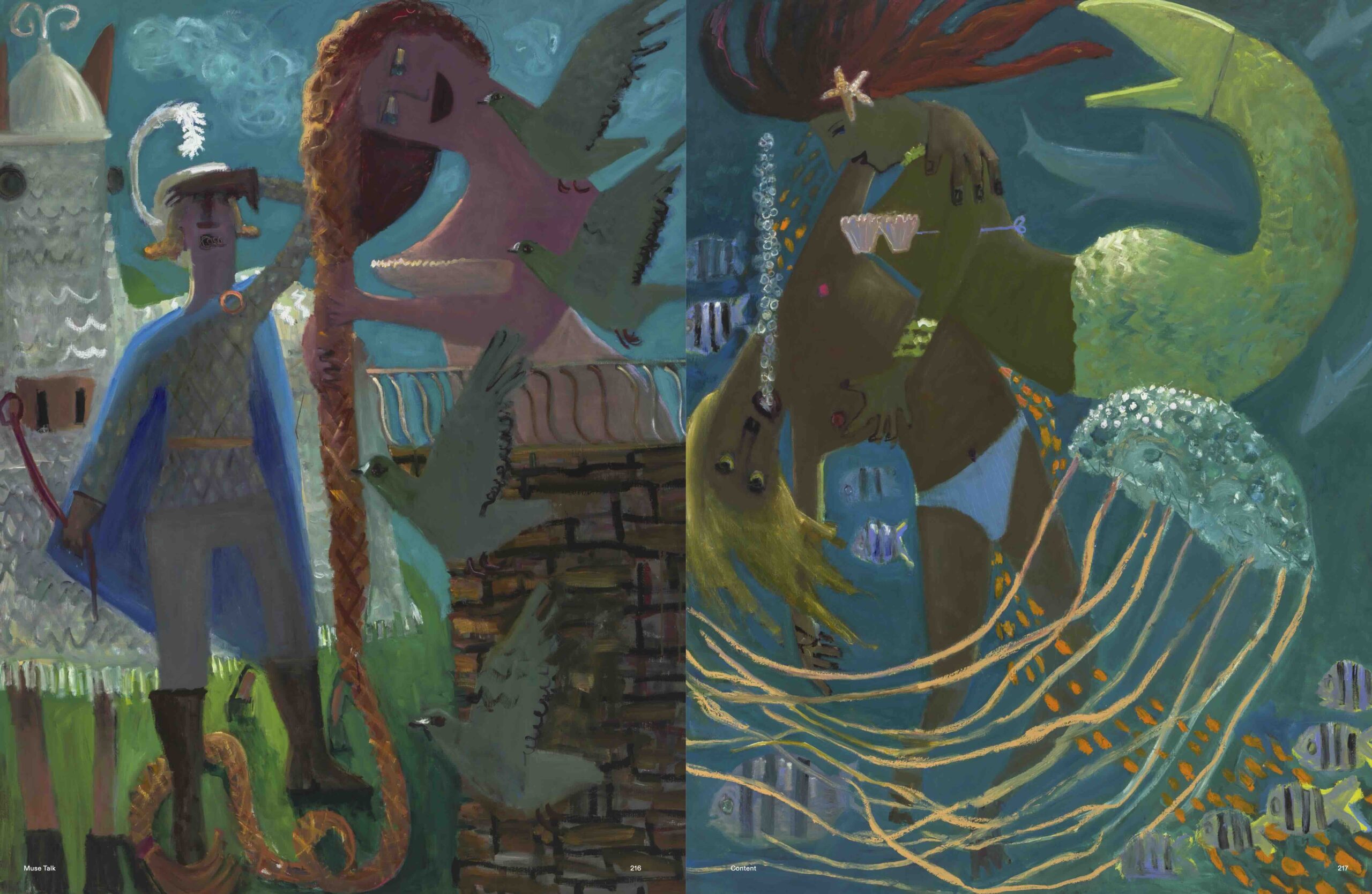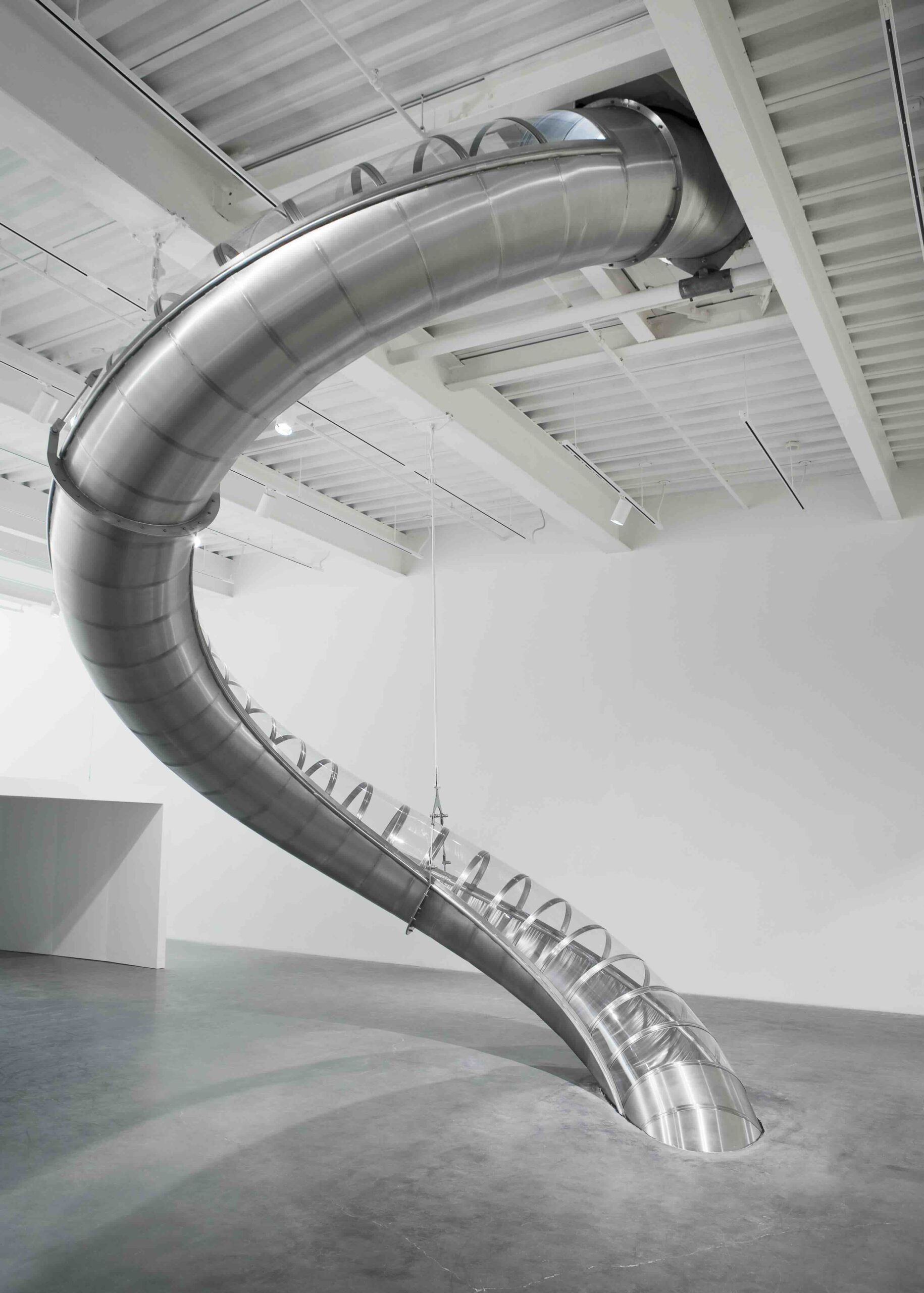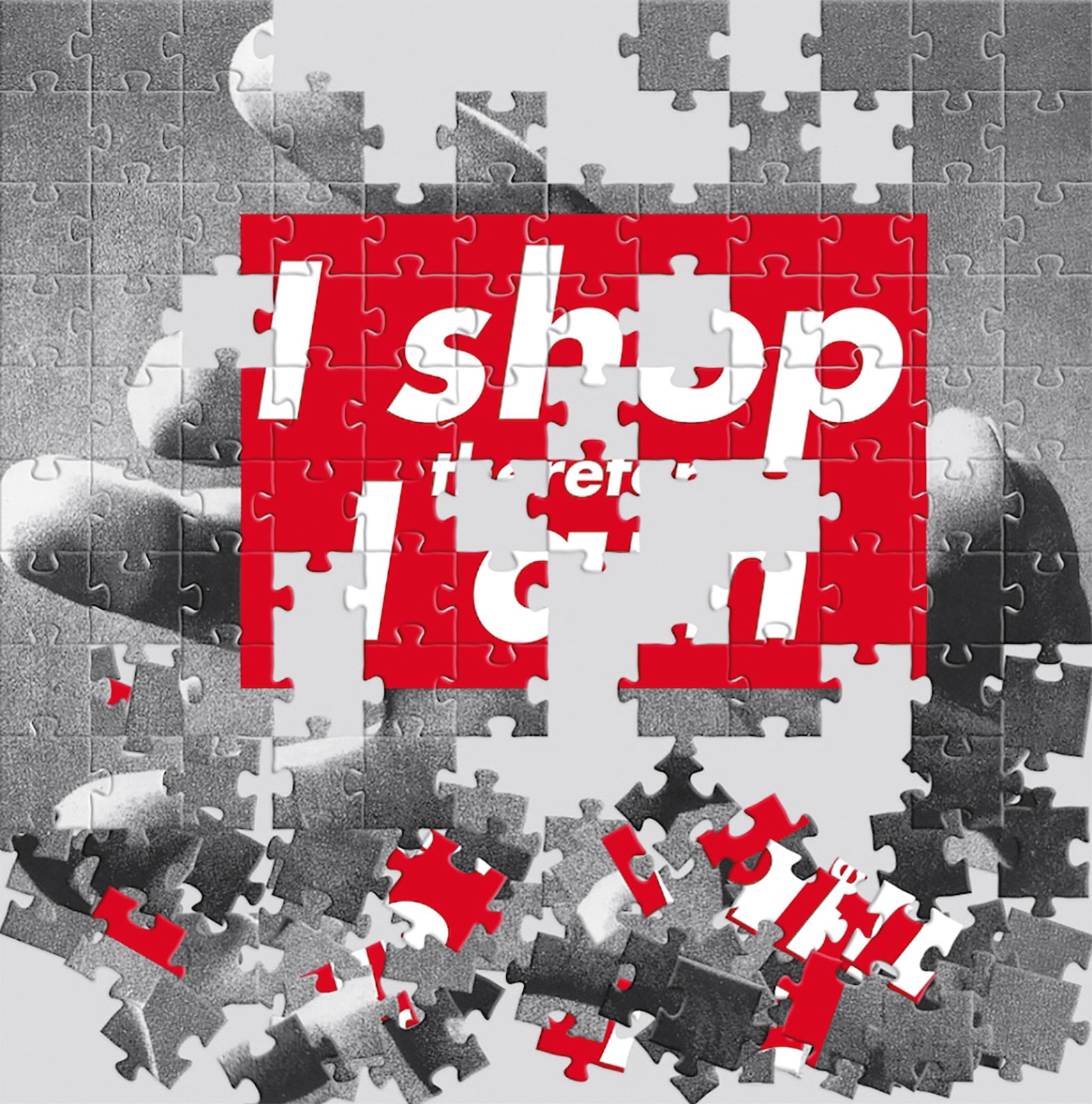PS How did Siduations begin?
SP It was when I moved to LA about four years ago and had a lot of free time. It’s true what they say about boredom fueling creativity. So I was like, Okay there are things that I could be doing, like learning a new skill. Maybe I should work for a design company. Let me just get started with Photoshop. That was my way of learning new things. I’d look at tutorials and play around. I started sending the pictures I’d made to my friends instead of sending a text to my saying, “Hi, I wish you were here.” I accumulated so many images and I didn’t want to post to my regular feed because it’d be so random. So I started a secret Instagram account and invited my friends.
PS Your following grew so quickly!
SP It was so unexpected. I was just messing around. And it wasn’t intentionally fashion-focused, I just have a lot of friends in fashion that I was making these for because I used to work in the fashion industry. Those people started to regram my images. So everything just kind of came together. When people started calling the account a fashion meme, I had to look up the word meme to understand what they meant. I still don’t really see where they get that. If anything, they’re just mock-ups for editorials that I want to shoot. And during that time it was the 2016 election, so instead of voicing my frustrations via words, I’d play with images. It became a political fashion thing, just really whatever I felt like doing. In retrospect, I should have just honed in on fashion and left politics out.
PS Why’s that?
SP I’ve since stopped because I felt like I was just feeding the beast. If you’re going to like some politician, I’m not going to convince you otherwise. Once in a while now I’ll still do a political post, but usually I’ll take it down pretty quickly afterwards. I don’t want to add fuel to the fire. I do my best to keep it neutral. I don’t want it to be very serious. But I do try to stay current, like what’s on the TV or the news or reading. Though it’s so hard. If you don’t do something immediately, you’re already old news.
PS Are there any underlying intentions with it?
SP I realized that what I’m actually doing and what I’ve been doing my entire life is just trying to make sense of things. Trying to unite people. Why do we have to separate high fashion from the real world? Why do people think it’s so elitist? The designer’s job is to dress people. What I want to do with Siduations, is bring the high and the low together. Street style of regular people. Some people think it’s funny. And some have given it harsh criticisms. Why can’t people be in these scenes? Why can’t she wear this to the office or in the classroom? Why do we find this funny? Why do we think they don’t belong here?
PS Are there any underlying intentions with it?
SP I realized that what I’m actually doing and what I’ve been doing my entire life is just trying to make sense of things. Trying to unite people. Why do we have to separate high fashion from the real world? Why do people think it’s so elitist? The designer’s job is to dress people. What I want to do with Siduations, is bring the high and the low together. Street style of regular people. Some people think it’s funny. And some have given it harsh criticisms. Why can’t people be in these scenes? Why can’t she wear this to the office or in the classroom? Why do we find this funny? Why do we think they don’t belong here?
PS I mean it does point out the class disparity.
SP Yeah totally. I think that when I first came out with the account, there was a big divide between political parties, races, classes … my images were bringing people together to the same scene. It’s like street-style photos, people only dress like that and walk around in the streets during fashion week. Otherwise, it’s weird to see people dressed up this way.
PS I miss the idea of people dressing up more before leaving the house, women with hats and gloves. Men in pressed shirts and shined shoes. That sense of pride, ceremony, and etiquette.
SP Yeah why can’t it be an everyday thing? I do have to admit that there’s a certain high I get from the likes I get. I got caught in the Insta trap!
PS Everyone can understand that.
SP Yeah but no one will say it! I have to say too, those likes and comments affect me. They affect how I post the next image. I do take it all to heart. I try my best to make the same thing happen again. With some posts, I get some really harsh comments. Some people find them insulting but it’s really not my intention or how I see things. But it’s interesting to get different perspectives. Like Bella Hadid in a candy striper outfit in a retirement home with an old woman and her walker. People were like, “That’s so messed up. That woman is clearly in pain.” And it’s like, “Well, Bella the candy striper is there to help the woman!”
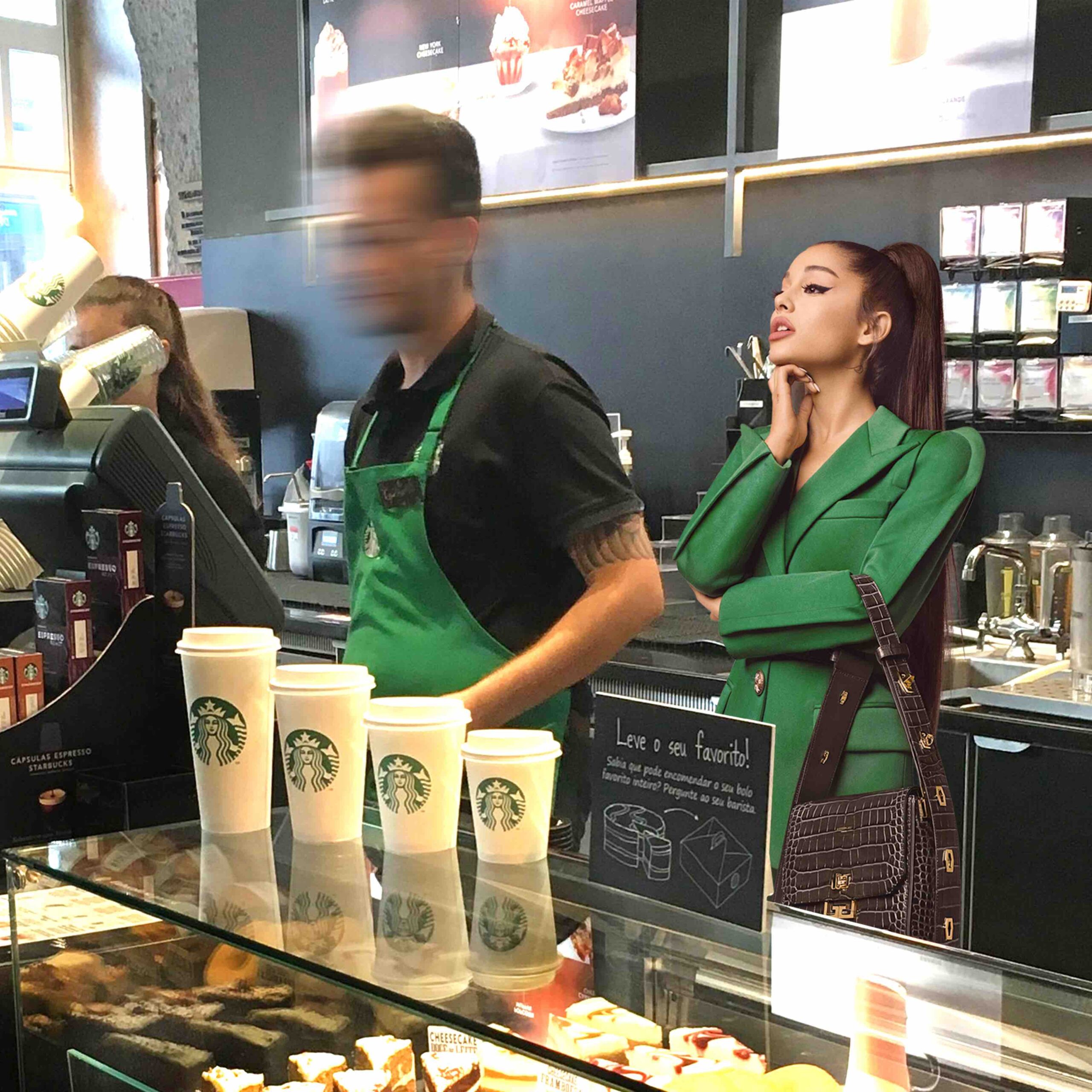
PS Why do some people need to choose the negative reaction when the positive one is just as available? SP Yeah I try to be selective with whom I take to heart. There are also those who criticize the lack of diversity in the races of the girls I post. In fact I use a lot of ethnicities. And if someone tries to call me out on things like that, I usually respond to them in the comments and set them straight. But I do appreciate seeing the different perspectives.
PS Do you think the current crisis with coronavirus will shape the fashion world?
SP I had this conversation recently where we were discussing the future of fashion. Right now there’s a lot of luxury streetwear, hype-wear. Those logos and it-bags, they’re flaunting wealth. I think people will be flaunting less. People have died. People have been out of jobs. The last thing you want to do is to flaunt your wear in public or Instagram. You want to be careful and not tone-deaf. I think that’ll change the luxury industry, less logo driven. Right now we’re bored and we’re trying to wrap our heads around what’s happening in our lives. The longer we stay in confinement though, the more creative I think we’ll get.
PS How do you think it’ll affect the creative community? What’s the future of it?
SP [sapcer] If this pandemic taught me one thing it’s that the proverb “Necessity is the mother of invention” is true; creatives will find new ways to express themselves regardless of the situation they’re in. Who would have thought photographers and stylists would be shooting and styling models remotely through FaceTime? I think we’ll be seeing more of that and other innovative means of producing art in the future. I also see a new wave of creatives, those that had no idea they had it in them, coming out of this pandemic. Hopefully, people will spend this collective time out daydreaming and learning new things instead of panicking or in fear. Currently, since I don’t have any deadlines, I’ve been experimenting with image editing apps like Adobe After Effects and with a camera. Maybe I’ll come out of this a photographer!
PS What other lessons have you learned, concern- ing our conduct and how to improve our future?
SP I think it’s important that we’re not quick to judge. Like on social media, people are quick and don’t think so much beforehand. We should be more conscious of what we post, images and comments. Things snowball sometimes really quickly. Sometimes I’m thinking, Oh it’s just social media, it’s not real life. But it’s becoming more and more real. We have to be more aware of the other person, other people. Some people should be called out. But some shouldn’t. Some- times it’s a matter of perception. We should all just be more careful and aware of what we’re doing.
“Necessity is the mother of invention” is true and creatives will always find new ways to express themselves regardless of the situation they’re in.
PS Let’s talk more about your background. You’ve done so many interesting things. Tell me about working with Harmony Korine. What was that like?
SP We knew one another before the movie came out. We were friends and hung out at Washington Square Park — all the skaters, Chloë [Sevigny], etc. Just teenagers hanging out. And then all of a sudden, this all happened with the movie. We couldn’t have predicted it. I was just wanting to learn more about what he was doing and would help out with whatever he needed. We made up rules. I’ve had a lot of different careers. I worked at Paper magazine; I started as an intern. For the school I went to, it was more about being out in the field than being in class. So I was getting english credit for transcribing interviews, art credit for helping on a shoot, etc. After I left Paper, I knew how to do so many things. For all of my jobs, it’s been that I’m just curious about something that I don’t know and I’ll just go in and figure it out. Same thing with fashion design and PR. I had my own companies. And it all happened naturally. So when I had to give that up because we were moving to LA, it wasn’t so hard to give up because I didn’t have to work too hard, like invest 4 years of college, to get to where I was, if that makes sense.
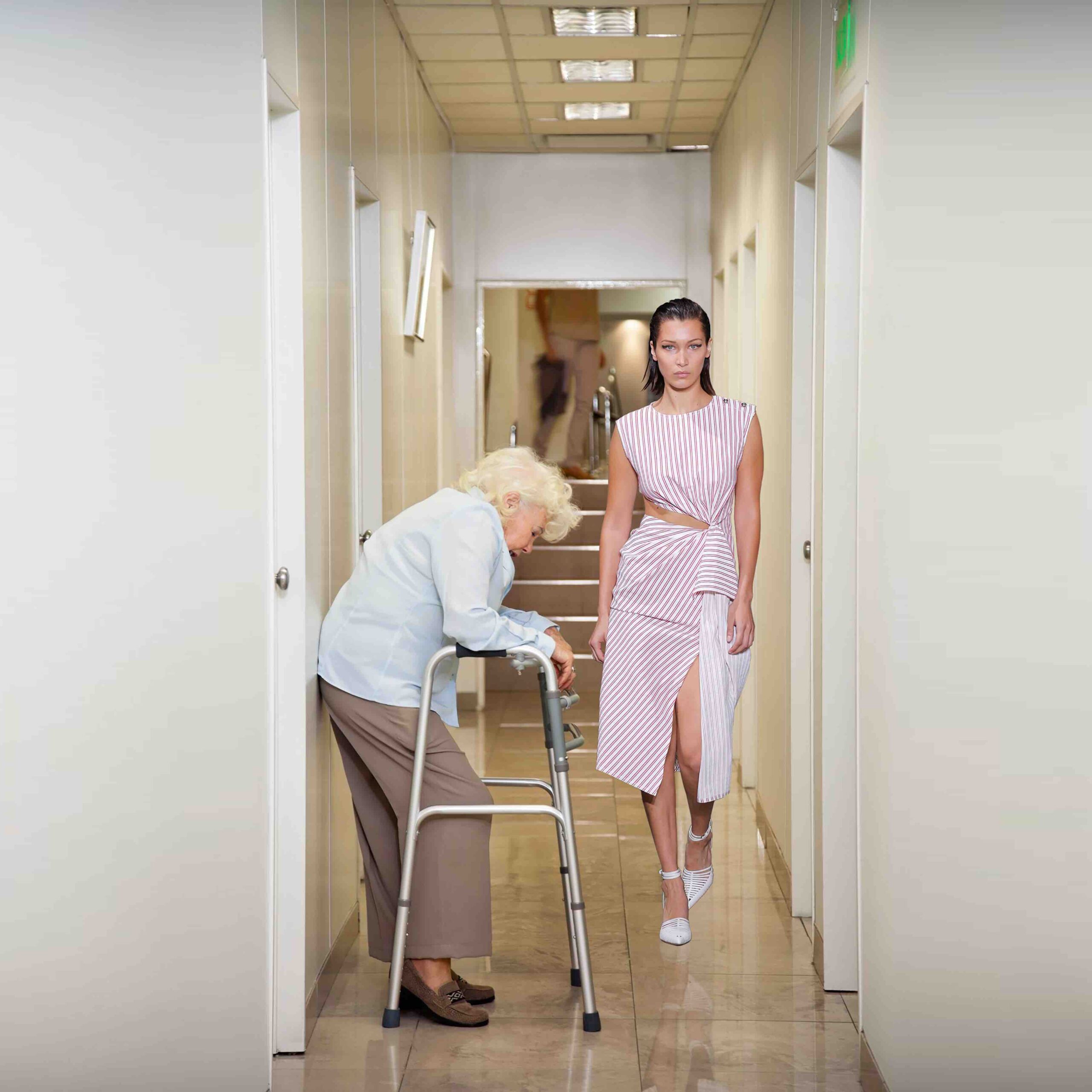
PS It sounds like every step in your life has been like that, a very natural progression.
SP I like to immerse myself in things that I’m interested in. What I’m afraid of is that I’m doing too much and I should just stick to one profession. I get sidetracked and end up involved in too many different things. I keep evolving and I love it, but it also drives me crazy. I need stability, you know?
PS Some people are meant to do one thing for their lives. But for a lot of creatives and for people like yourself who are just interested and naturally led in multiple directions, each experience informs and improves the next. You’re evolving the field.
SP I didn’t think of this before, but besides being creative, all of the things that I’ve done have had something else in common: there was storytelling involved. It’s my way of communicating to people without literally, verbally doing so. Because I’ve had such a hard time speaking to people my entire life. Growing up being first generation — my parents immigrated from Thailand — and being gay, I didn’t really know how things worked. I just didn’t know how to express myself. I wasn’t given the right tools for it. My parents didn’t know American culture. So I lived a lot in my own head, creating stories and watching a lot of TV to learn about how other American families are living. My whole life was fo- cused on changing the narrative, which is probably why I’m drawn to all of these creative jobs. I want to find the story and tell it. With Siduations, you can see my thought process concerning the topics of the day. It’s me telling a narrative. That’s why I fell into fashion too. You express this story that you create, just by the dif- ferent types of clothes that you wear. As a kid, I’d draw my own comic book strips, my own world. And I took photography classes when I was younger. So with Sid- uations, in a way I’m making up for the fact that I never became a photographer. I’m creating storyboards. The images are mockups for a film or a photo series that I want to do. But I don’t know how to use a camera and don’t have the budget to hire the team. So this is the next-best thing, use Photoshop!
